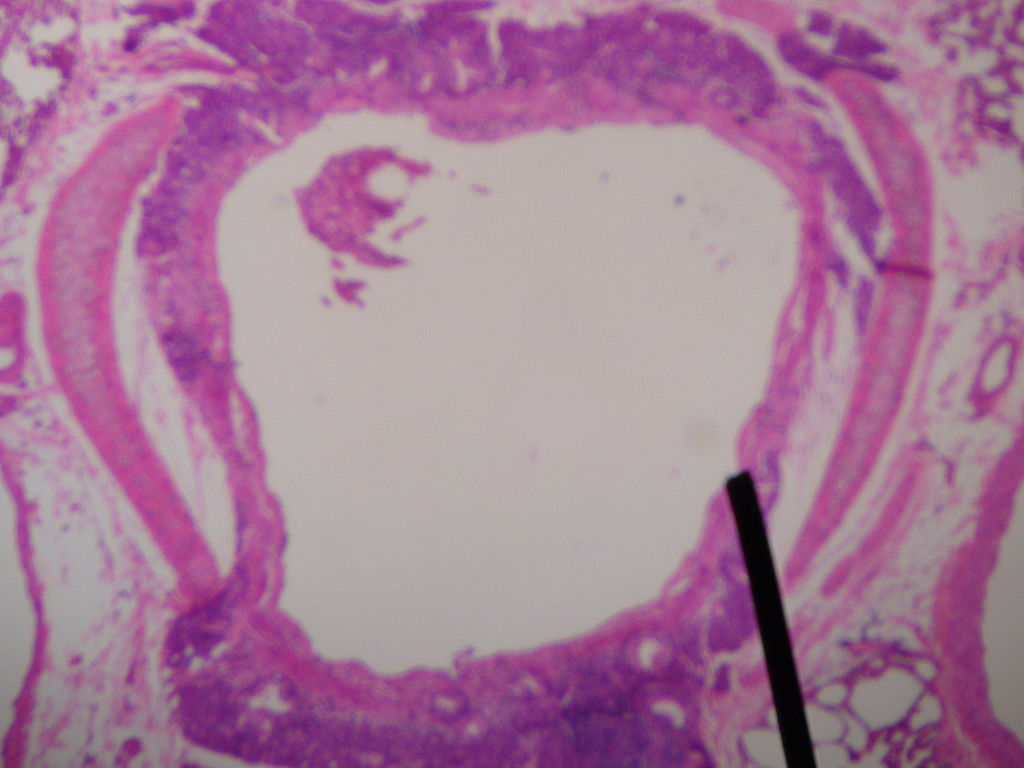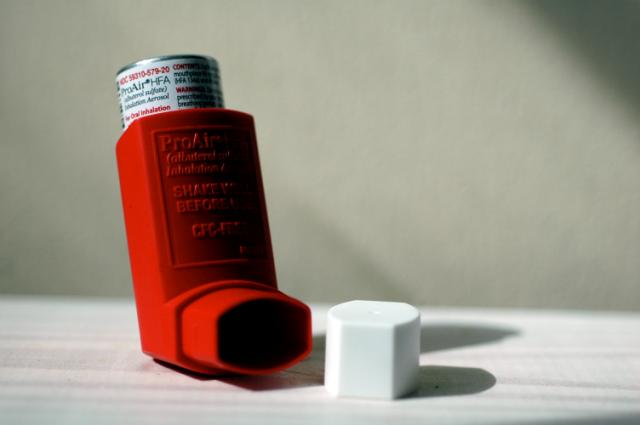Playlist
Show Playlist
Hide Playlist
Dyspnea: Causes
-
Slides OverviewOnDyspnea RespiratoryPathology.pdf
-
Reference List Pathology.pdf
-
Download Lecture Overview
00:01 A control center and that is quite a bit of detail. 00:03 Here, let me just set it out for you. 00:05 So, the -- we will refer to different components of this one if the time is right. 00:09 We'll take a look at -- we'll, we have the motor area and the sensory cortex. 00:13 I'd like for us to pay attention on your far right side where it says sensory cortex. 00:18 Okay. Now, in physiology, would you please tell me what is the most important chemoreceptor? Is it central or peripheral? Central, good. 00:29 Right now, as you're sitting there watching me perhaps, me right now, it's my central chemoreceptors that are always going to then detect whom? Oxygen or carbon dioxide? What are the central chemoreceptors more, more sensitive to? Carbon dioxide changes, apparently. 00:46 Carbon dioxide, remember, on your arterial side, what's your PCO2? At 40, right? Whereas on the venous side, what's PCO2? 27. Excuse me, 47. 00:58 So, there's a difference of 7 there. 01:00 Okay, so carbon dioxide is very, very important in terms of sensing or being sensed by chemoreceptors, central type. 01:08 This sensory cortex is then going to sense the carbon dioxide that is in your blood, but how does it do it? Your chemoreceptors are located in the medulla and in the medulla, it's going to measure the cerebrospinal fluid, correct? Supraspinal fluid. And what do you know about carbon dioxide? Why is there only a difference of 7 between the arterial and the venous side? Because carbon dioxide, how quickly does it diffused across the membrane? Like that. 01:35 Carbon dioxide and carbon monoxide is even faster, isn't it? So, oxygens, pretty good in terms of diffusion, but what the heck -- what's a heck of a lot faster is going to be carbon dioxide which we are either trying to blow off or if you're retaining it, well, it's in the blood, and so therefore, passes across the blood-brain barrier, and is then sensed by the central chemoreceptor. Is that clear? Once that occurs, then what happens? It's going to then trigger to the motor cortex, come over to your left now. In the motor cortex here, where's the chemoreceptors? Ah, it's hungry for air, because now, it sensed an increased amount of carbon dioxide. 02:13 How does that occur? Oh, maybe there's dyspnea. 02:16 You're holding onto carbon dioxide. And what's that called? Hypercapnia or hypercarbia. What's your level? Greater than 40. 02:23 Are you building upon the foundation that we're placing for you? Good. So now, this is sensed by the central chemoreceptors through your blood-brain barrier in the cerebrospinal fluid, and as soon as you hear about carbon dioxide, what's the formula that you're thinking? Good. Carbonic anhydrase, aren't you? Carbon dioxide plus water with the help of carbonic anhydrase will then yield your bicarb and your hydrogen. 02:46 So hence, carbon dioxide equals hydrogen, hence a decrease in pH. 02:52 A lot of stuff there and if you're -- as you can see here, it's integration, making sure that you understand what is triggering that air hunger. 03:00 And once you get that air hunger going, then you're going to start breathing as long as you have proper muscles that are working. 03:06 So, what you're seeing in the bottom portion there would be the most important muscle, obviously, just breathing back and forth would be a diaphragm. 03:13 When the diaphragm contracts, which direction? Down. Good. 03:18 And when you're expiring? You're exhaling? It's passive or moving up. Diaphragm. 03:24 But then you also have involvement of intercostal artery -- excuse me, intercostal muscles and so forth. 03:30 Sternocleidomastoid, that will become important to us when talking about a condition that a child might be suffering from known as status asthmaticus and why it's so important to make sure that you understand when these muscles are kicking in and why after muscle fatigue your patient might die and you don't want that on your clock. 03:50 Let's continue. So, pulmonary problems? Dyspnea. 03:54 Cardiac problems, we just talked about this. 03:56 Homeo problems may result in edema. 03:59 What kind? Exudate because of increased capillary permeability. 04:03 Cardiogenic could result in dyspnea. Of course. Give me some examples. 04:08 Left-sided heart failure, mitral stenosis, metabolic disturbances. 04:12 What about the medulla? What if the individual is taking an opioid? Okay, narcotic. 04:18 What happens now? Oh, boy. 04:21 The respiratory center in the medulla has been knocked out. It's gone. 04:25 What do you end up having? Patient is hypoventilation. 04:29 Welcome to CNS issues. Anxiety, absolutely. Panic attacks. 04:33 Anemia, lack of hemoglobin. Exercise, well, that would be normal. 04:40 So, dyspnea could occur even with enough exercise in which what happens? The skeletal muscles are really starving for oxygen. 04:47 And I said a list here to go through different problems or differentiation of dyspnea.
About the Lecture
The lecture Dyspnea: Causes by Carlo Raj, MD is from the course Introduction to Pulmonary Pathology.
Included Quiz Questions
The central receptors are extremely sensitive to changes in which of the following?
- Carbon dioxide
- Oxygen
- Blood pressure
- Ventilation
- Bicarbonate
What is the difference between the levels of carbon dioxide in the arterial and venous sides?
- 7 mmHg
- 70 mmHg
- 17 mmHg
- 40 mmHg
- 47 mmHg
Which of the following conditions does not cause dyspnea?
- Increase in hemoglobin
- Intake of opioids
- Decrease in hemoglobin
- Mitral stenosis
- Metabolic imbalance
Which of the following is considered as a normal cause of dyspnea?
- Exercise
- Left-sided heart failure
- Pulmonary conditions
- Anxiety
- Anemia
Customer reviews
5,0 of 5 stars
| 5 Stars |
|
1 |
| 4 Stars |
|
0 |
| 3 Stars |
|
0 |
| 2 Stars |
|
0 |
| 1 Star |
|
0 |
These lectures are very easy to learn from; instructor gives examples to remember.







